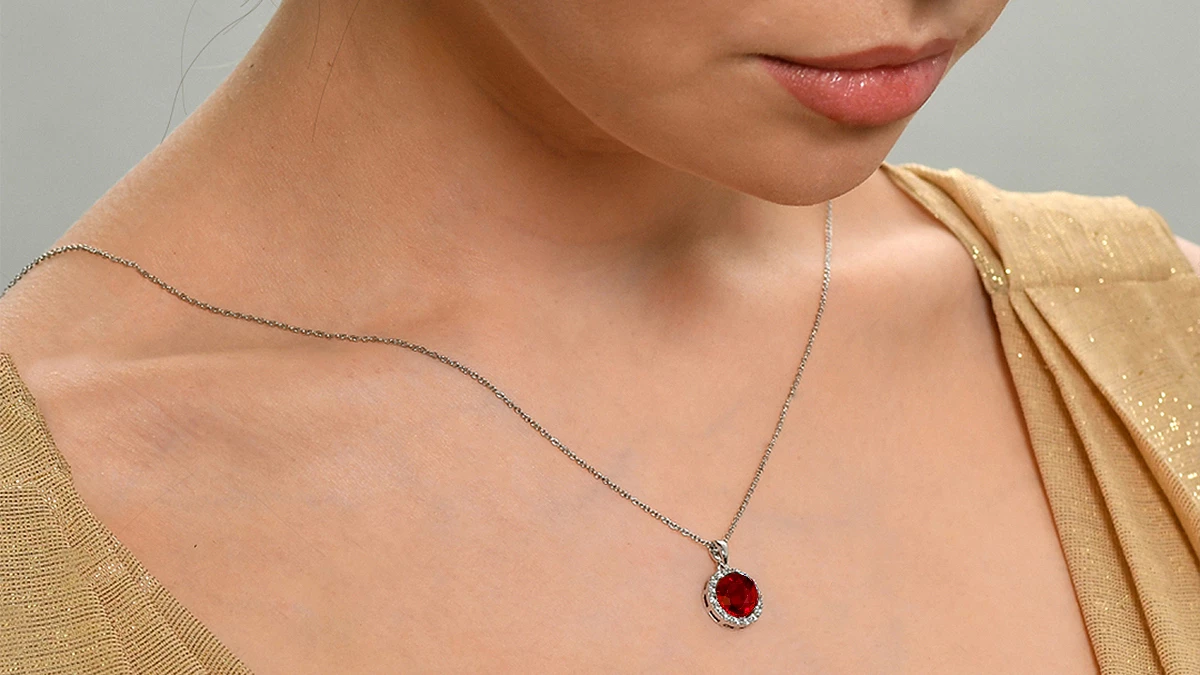Many will have felt a pang on hearing of British retail’s first high-profile coronavirus casualty: Laura Ashley. The beloved fashion and homewares chain went into administration in March.
The company begun in 1953 in a basement flat in Pimlico had spawned a worldwide empire with 500 shops and a £100m turnover, based on a genteel English country aesthetic.
I still remember wearing one of its romantic confections to a wedding in the 1980s, all flowers, frills and voluminous folds. I felt like the bride herself — or maybe just the cake.
The home furnishings line, awash in flounces, swags, canopies and chintz, could give a modest flat or drab semi the air of a country manor. This 1988 catalogue would have offered hours of fanciful perusal — the perfect escape during a year that saw a salmonella outbreak, the Lockerbie bombing and the Piper Alpha oil rig disaster.
Recommended
The 1980s as a whole were no picnic and, by bringing a pastoral vision of the past into a very prosaic present, Laura Ashley was an antidote to Thatcherism, Wall Street greed and power dressing.
But who was Laura Ashley? Not the quintessential English rose you might expect but a quiet powerhouse of a Welsh woman. She grew up in a collier’s cottage in Dowlais, Merthyr Tydfil, where she learnt quilting with her grandmother.
In London, she and her husband Bernard invested £10 in wood, dyes and linen to start a silkscreen operation making headscarves and tea towels. After a first order of 20 scarves for John Lewis, the business expanded, opening factories in Carno, Newtown, Powys and Gresford, and creating hundreds of jobs for Welsh workers — and the four Ashley children.
House & Home Unlocked
FT subscribers can sign up for our weekly email newsletter containing guides to the global property market, distinctive architecture, interior design and gardens.
Sign up here with one click
By the time Ashley died in 1985, the family owned a yacht, a French château and a villa in the Bahamas. Yet, apparently, she had remained humble. “She was so ordinary and yet she was special,” a former employee told the BBC. “Sometimes she’d have a hole in her sleeve, it didn’t matter.”
Changing tastes in the 1990s — embodied in Ikea’s “chuck out the chintz” campaign — set the company on a downward spiral. A series of CEOs and an ill-fated collaboration with Urban Outfitters could not save it. Coronavirus was the death knell.
Devotees can take heart, though. Two Laura Ashley hotels — “where dreams are made and memories will last an eternity” — are still taking bookings; the current 1970s revival means vintage shops are full of her dresses. And, for the diehards: Rhydoldog House, the Ashleys’ Welsh countryside retreat, is for sale at £1.8m.
Follow @FTProperty on Twitter or @ft_houseandhome on Instagram to find out about our latest stories first.








